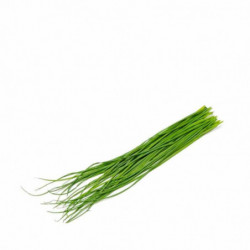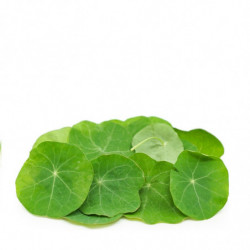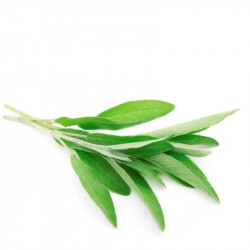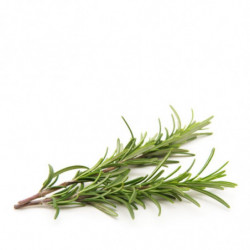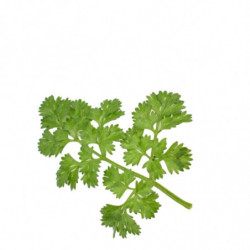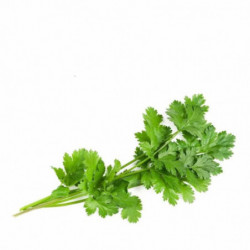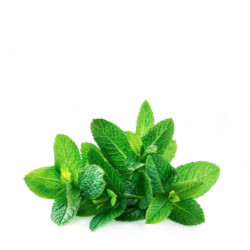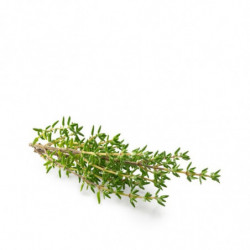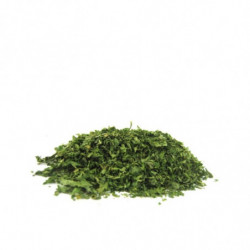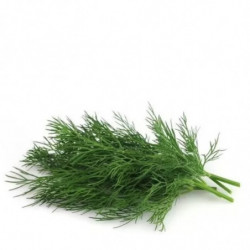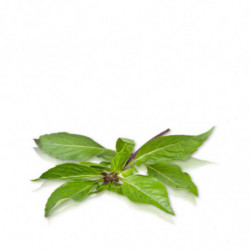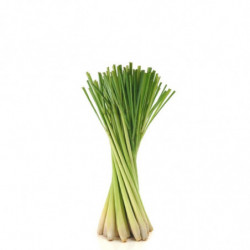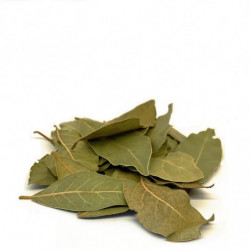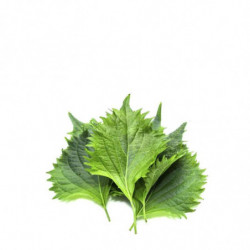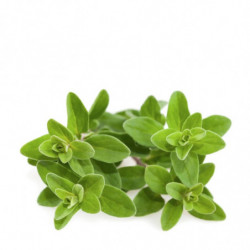Explore the Secrets of Chives: Origin, Uses, and Varieties
Chives are an aromatic herb from the onion family, characterized by their green, thin, hollow leaves. Their scientific name is Allium schoenoprasum, and they are also known as scallions, green onions, or spring onions. Chives are native to the northern hemisphere and have spread worldwide due to their culinary and medicinal uses.
Properties of Chives
Chives have digestive, carminative, antibacterial, antioxidant, and anti-inflammatory properties. They can be consumed fresh or dried, including the leaves, flowers, or seeds. The leaves have a mild and fresh flavor with a hint of spiciness. They are used to add color and flavor to various dishes, such as salads, soups, sauces, cheeses, eggs, and fish.
Varieties of Chives
There are different types and varieties of chives based on their origin, shape, and size. Some of the most popular ones include:
- Common Chives: These are the most common variety, with cylindrical, hollow leaves about 30 cm long. The flowers are purple and grouped in umbels. The seeds are small and black. They adapt to all types of climates and soils.
- Chinese Chives: They have flat, wide leaves about 60 cm long. The flowers are white and clustered in racemes. The seeds are elongated and brown. They prefer temperate climates and moist soils.
- Japanese Chives: They have thin, pointed leaves about 40 cm long. The flowers are pink and grouped in umbels. The seeds are round and black. They prefer cold climates and fertile soils.
Cultivation of Chives
Chives can be easily grown at home, in pots, or in the garden, as long as they have enough light and moisture. They can be sown from seeds or by dividing bulbs with roots. They grow quickly and can be harvested by cutting the leaves with scissors when needed. They are best stored in the refrigerator or frozen.
